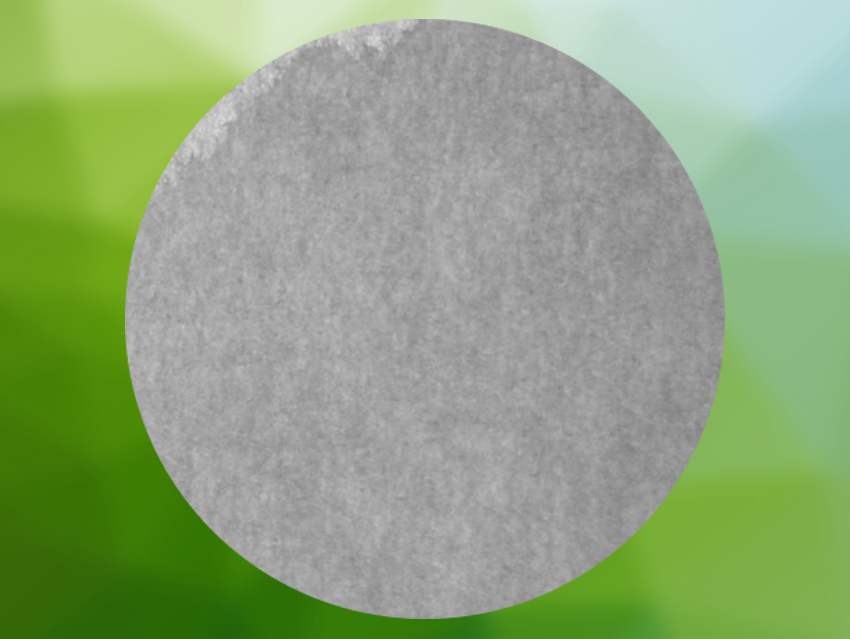Chitin is a polysaccharide that is found, e.g., in the shells of insects and the cell walls of fungi. It is a linear polymer consisting of N-acetylglucosamine units. Despite the large amounts of chitin produced in nature, it is a largely unused source of biomass in industry. This is due to its low solubility and high robustness, which makes it difficult to process. One way to turn chitin into useful materials is its conversion into nanostructures, e.g., nanofibers.
Jun-ichi Kadokawa, Kagoshima University, Japan, and colleagues have made paperlike chitin sheets from fibrous chitin nanostructures. The team used a deep eutectic solvent (DES), made from 1-allyl-3-methylimidazolium chloride (AMIMCl) and thiourea, to dissolve chitin. Benzylamine was added to the resulting solutions, which were then heated to 100 °C for 24 h, mixed with methanol, and sonicated to obtain chitin nanofibers. The fibers were filtered off and dried to give the desired chitin paper.
The team found that using a 0.1–0.4 weight ratio of the benzylamine additives led to the desired paperlike structure, while lower or higher amounts resulted in powders as products. According to the researchers, benzylamine causes the sedimentation of chitin from the solution, followed by the self-assembly of fibrous chitin crystals on the nanoscale when methanol is added and the suspension is sonicated. The resulting nanofibers are 45–70 nm wide, as shown by scanning electron microscopy (SEM). They become entangled during filtration, forming the paper. The resulting paper is bendable and has a mechanical strength that is comparable to that of cellulose filter paper.
- Fabricating Chitin Paper from Self-Assembled Nanochitins,
Jun-ichi Kadokawa, Satoshi Idenoue, Kazuya Yamamoto,
ACS Sustainable Chem. Eng. 2020.
https://doi.org/10.1021/acssuschemeng.0c02625

![Synthesis of [c2]Daisy Chains via Mechanochemistry](https://www.chemistryviews.org/wp-content/uploads/2025/04/202504_RotaxanesWithSolidStateMechanochemistry-125x94.png)

